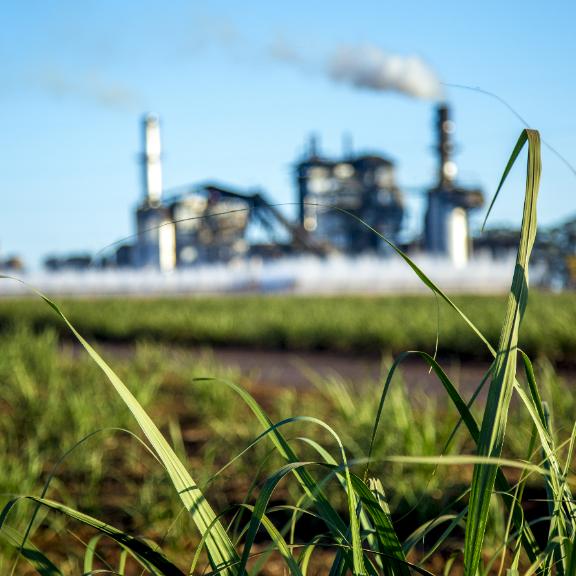Investing in Sugar Production Facilities
Step 1: Comprehensive Industry Analysis
- Conduct a complete audit of the Kenyan sugar industry. Access reports from the Kenya Sugar Board and the Agriculture and Food Authority to paint a current and future market landscape. Understand consumption trends, supply dynamics, and export potential.
Step 2: Secure Government Clearances and Compliance
- Procure the necessary licenses from Kenyan authorities. This will include business registration, sugar manufacturing licenses, environmental and safety clearances, land use approvals, and water usage rights.
- Ensure full compliance with the Kenyan Sugar Act and regulations from the Agriculture and Food Authority. Regularly update your understanding of these regulations to remain in compliance.
Step 3: Location and Land Acquisition
- Acquire land with strategic accessibility to sugarcane farms, water supply, and transport networks. The area should be fertile, have a suitable climate for sugarcane cultivation, and be accessible for workers and shipment movements.
Step 4: Invest in Modern Machinery and Technology
- Equip your facility with the latest machinery for sugar extraction, processing, and packaging. Source technology that maximizes efficiency and minimizes waste.
- Incorporate renewable energy solutions and waste recycling systems to reduce operational costs and environmental impact.
Step 5: Financing and Government Incentives
- Secure funding through bank loans, investment partners, or government agricultural investment programs. Present a robust business plan demonstrating viability and sustainability to financial institutions.
- Apply for government grants and subsidies designed to stimulate agricultural investment and take advantage of fiscal incentives available for exporters through regional trade agreements.
Step 6: Build a Reliable Supply Chain
- Establish contracts with local sugarcane farmers to ensure a consistent and quality supply of raw materials. Set up an equitable pricing mechanism to guarantee fair trade.
- Implement a logistics framework to streamline the supply chain from cane procurement to product distribution.
Step 7: Operational Structure and Workforce
- Develop a highly structured operational plan detailing procedures and workflows.
- Recruit and train a workforce skilled in modern sugar processing methods. Establish clear job descriptions, performance expectations, and growth opportunities for all roles.
Step 8: Risk Assessment and Mitigation
- Conduct a thorough risk assessment. The assessment must cover market risks, operational risks, legal and compliance risks, and environmental risks.
- Prepare a contingency plan outlining clear steps for risk mitigation. This could involve diversifying product lines, seeking insurance, or implementing advanced crop management systems.
Step 9: Marketing Strategy
- Launch a marketing campaign highlighting the quality, sustainability, and local impact of your sugar production.
- Build relationships with key players in the industry, including wholesalers, retailers, and exporters. Leverage trade agreements to position your product favorably in external markets.
Step 10: Community Development and Corporate Social Responsibility
- Commit to community development initiatives. Invest in local infrastructure, educational programs, and healthcare projects that support the regions where you operate.
- Implement a corporate social responsibility strategy that underlines the symbiotic relationship between your facility and the local community.
Step 11: Project Rollout and Progress Management
- Begin with a phase-wise rollout of your production facility. Set targets for each phase, from construction to full-scale operation.
- Use progress management tools to monitor development, operational efficiency, and financial health. Adjust strategies as necessary based on real-time data and market feedback.
Step 12: Continuous Monitoring and Optimization
- Regularly assess the performance and impact of your investment. Use metrics and benchmarks to gauge success against industry standards.
- Refine your operations by adopting the latest agronomic research, innovative technologies, and best practices in sugar production and management.
By following these instructions, you will ensure that your venture into sugar production is informed, compliant with Kenyan laws, and geared towards establishing a sustainable and profitable operation.
Please download the file here
Download the File "Investing in Sugar Production Facilities"

